Home \ International \ JCB adds raptor Tilt-Rotator to Hydradig options list
JCB adds raptor Tilt-Rotator to Hydradig options list
07/05/2024
Pubblicato da Ettore Zanatta
JCB has unveiled a brand-new tilt rotator designed specifically for the JCB Hydradig.
JCB has unveiled a brand-new tilt rotator designed specifically for the JCB Hydradig. Known as the JCB Raptor, key features include: 460mm width provides increased visibility and control from the cab; Best-in-class 2.9kNm of tilt torque; 120 litres/min high flow through the centre of the tilt-rotator, allowing 360° rotation of flow demanding attachments; Optimised for JCB machines, with fully customisable key control and integration into the standard machine display; Repositioned, more robust hydraulic rams, reduce the risk of damage in operation.
The JCB Raptor tilt-rotator offers up to 45° of tilt angle and a rotation speed of up to 8.5rpm. Maximum breakout torque is 67kNm, rotation torque is up to 5.4kNm and the attachment delivers 2.9kNm of tilt torque. The tilt-rotator can be direct mounted to the dipper, or mounted to an S45 or S50 sandwich hitch and is offered with or without a gripper attachment.
The control system allows for increased customisation of machine controls and hydraulic performance. Operators can assign preferred functions to selected buttons and rollers, with the option to invert the movement if preferred. Customers can alter the speed of hydraulic flow delivery of all auxiliaries, as well as tilt and rotate functions.
The system permits up to five control profiles to be set, to allow for various operators or to allow the same operator to pre-set different functions depending on attachment and application. The tilt-rotator is equipped with two angle sensors for tilt and rotate. This allows the machine to determine the angles that the attachment is operating with at any given time, which in turn enables zeroing and limiting features. Zeroing allows the customer to set a new zero, or default position for the tilt and rotate functions. This provides a reference point to work from and monitor using the clinometer. Limiting is unique to the rotate function and it allows the operator to set an electronic limit on how far the equipment will rotate.

Ultime notizie di JCB

Components
18/11/2024
JCB launches a new hi-tech tag offers versatile asset monitoring solution
JCB has launched a new product to help customers monitor the...
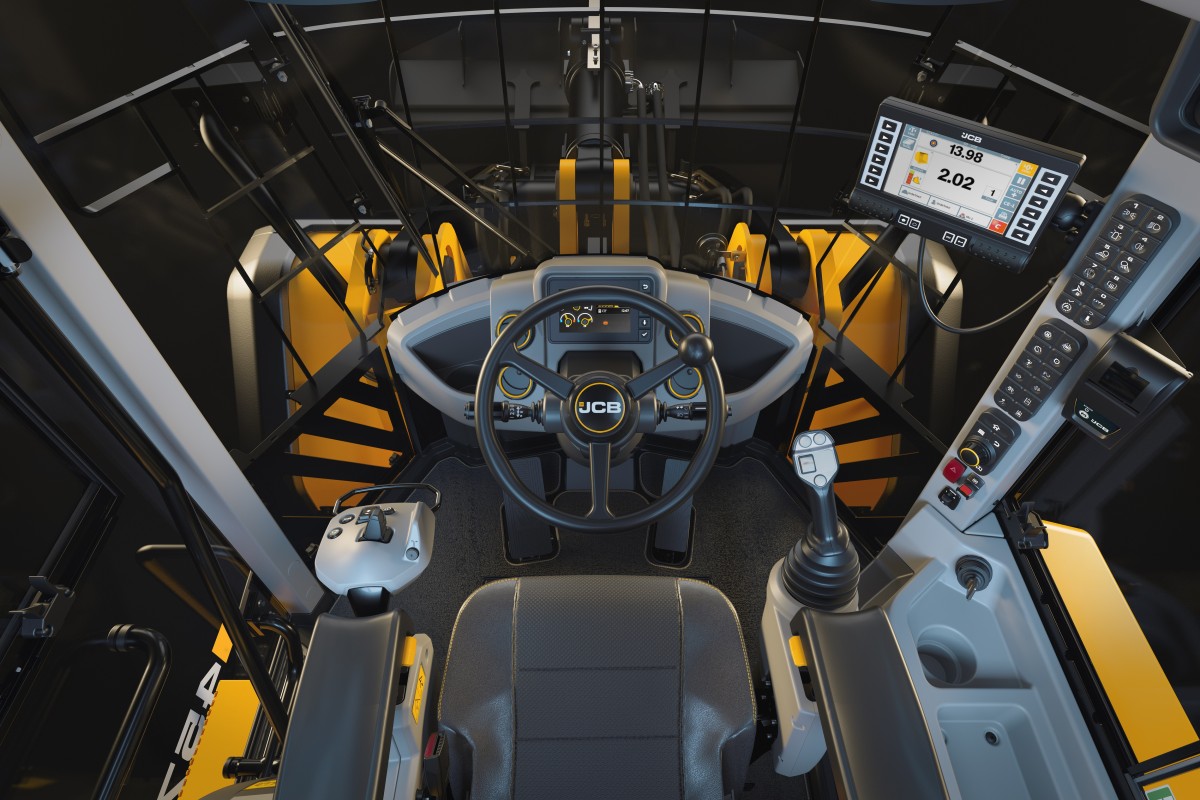
Earthmoving Machinery
15/11/2024
JCB adds "Lever Steer" option to new controls package
JCB has developed a "Lever Steer" option for its large platf...
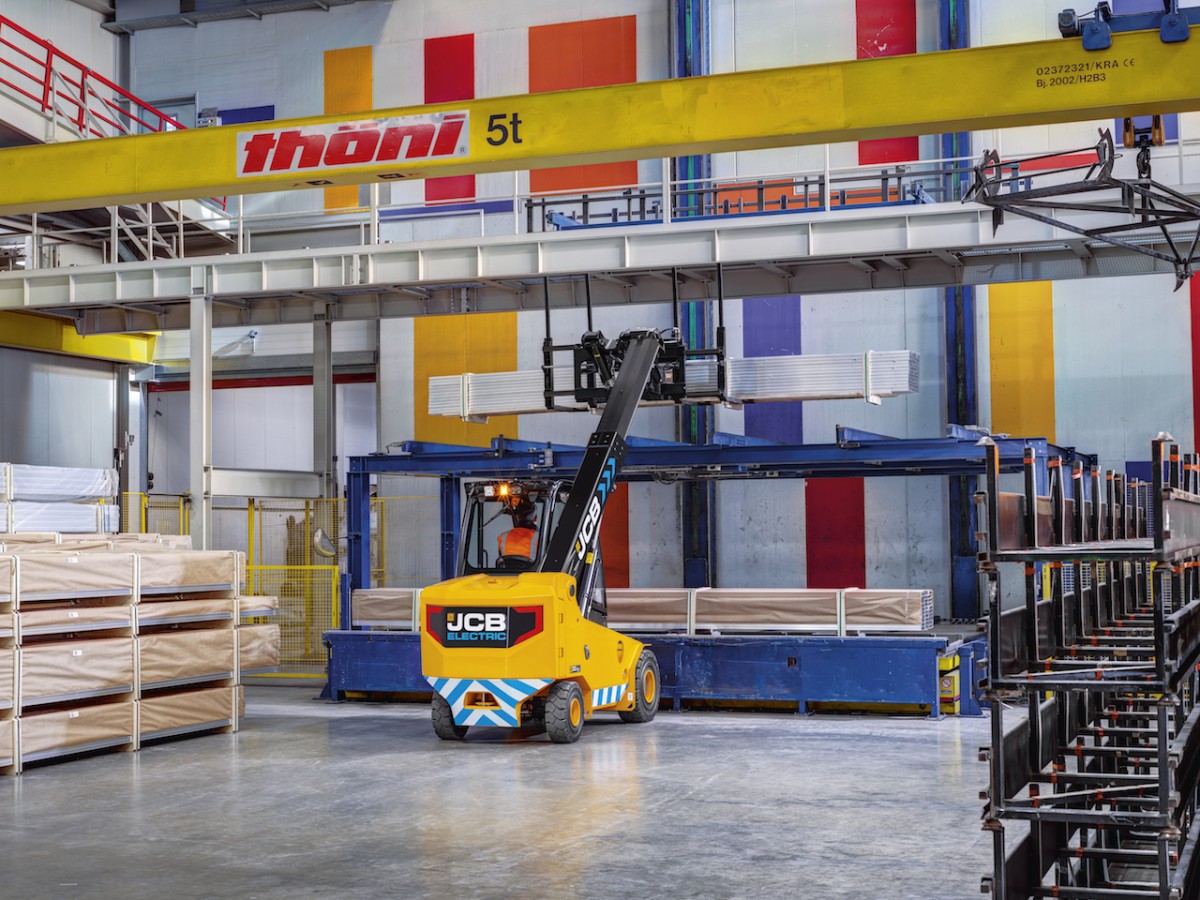
Lifting
12/11/2024
JCB expands electric Teletruk range with High Reach option
JCB launched the new TLT 30-22E HL Teletruk, bringing a 4.4m...
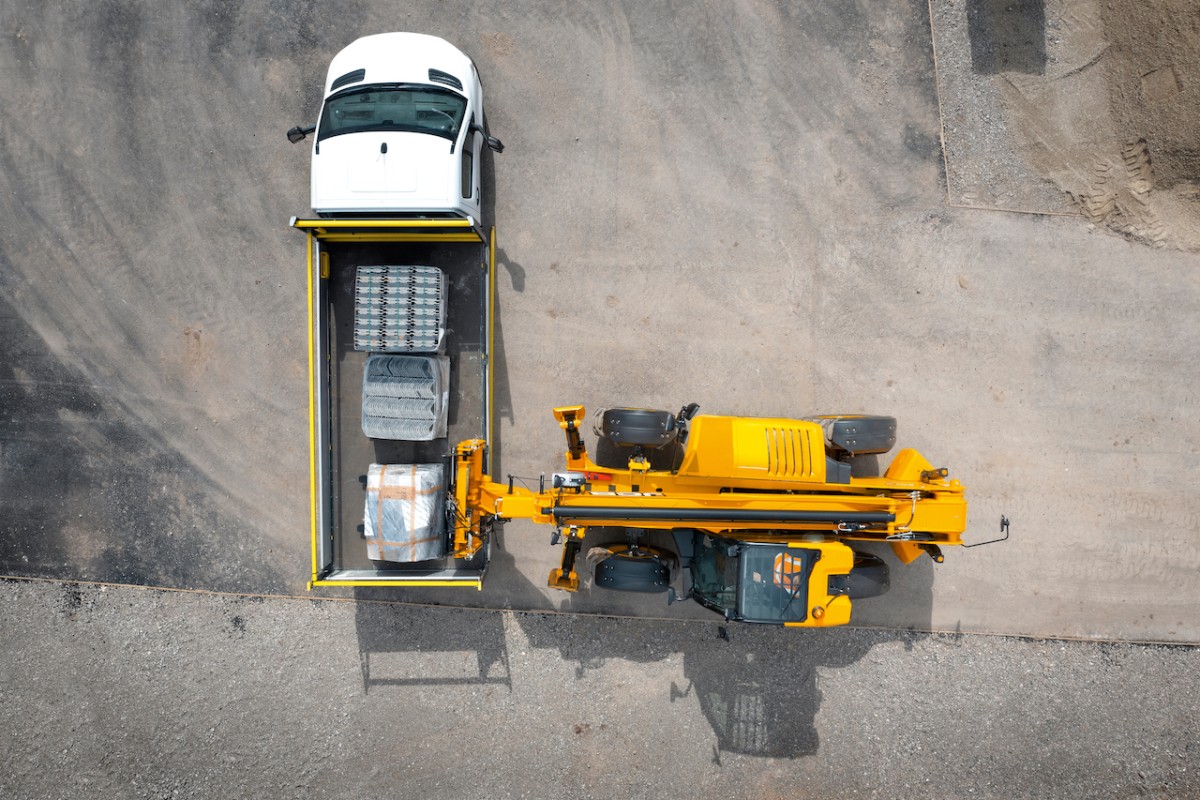
Lifting
07/11/2024
JCB debuts AI technology in boost to on site machine safety
JCB today launches a brand-new system using artificial inte...

Lifting
29/10/2024
Increased capacity and specification for new JCB 558 PRO
CB is expanding its rotating telescopic handler range with t...

Earthmoving Machinery
25/10/2024
Heated cab option for JCB 403e compact wheeled loader
CB has developed a fully glazed, heated ROPS/FOPS cab altern...
Altri International
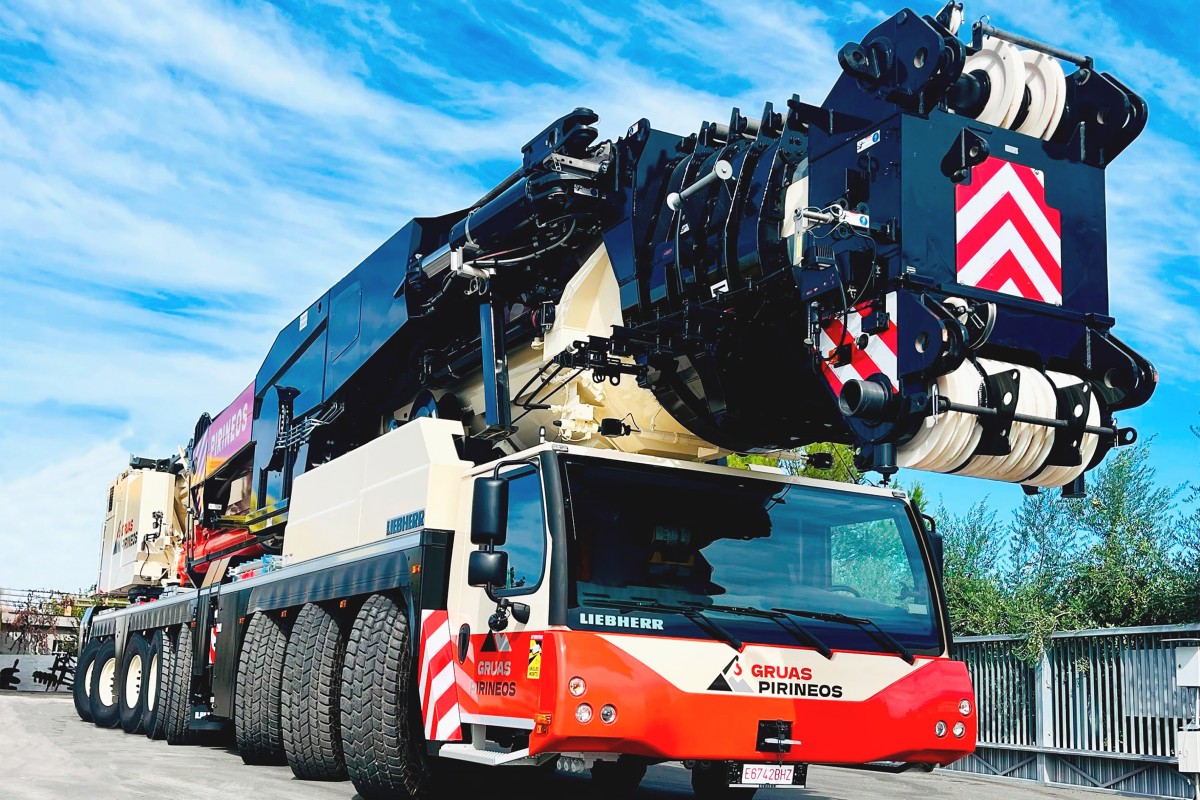
International
29/11/2024
Grúas Pirineos invests in a Liebherr LTM 1650-8.1 mobile crane
For Grúas Pirineos, the purchase of its first Liebherr mobil...

International
28/11/2024
Hitachi's Zaxis-7 excavator is a favourite for Norwegian family-business
Norwegian family business JO Moen AS has added a ZX225USRLC-...
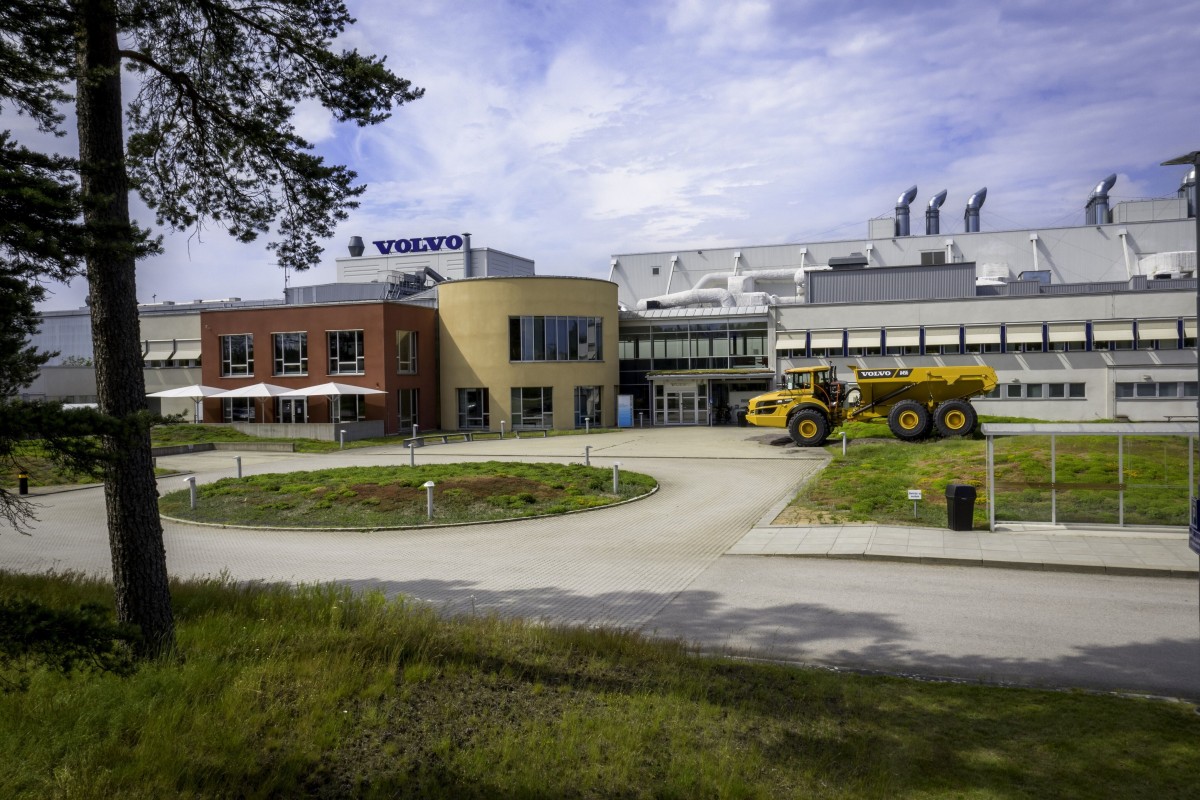
International
27/11/2024
Home of Volvo Construction Equipment’s pioneering articulated haulers advances to Climate Efficient Site
As one of the construction industry’s most active drivers of...
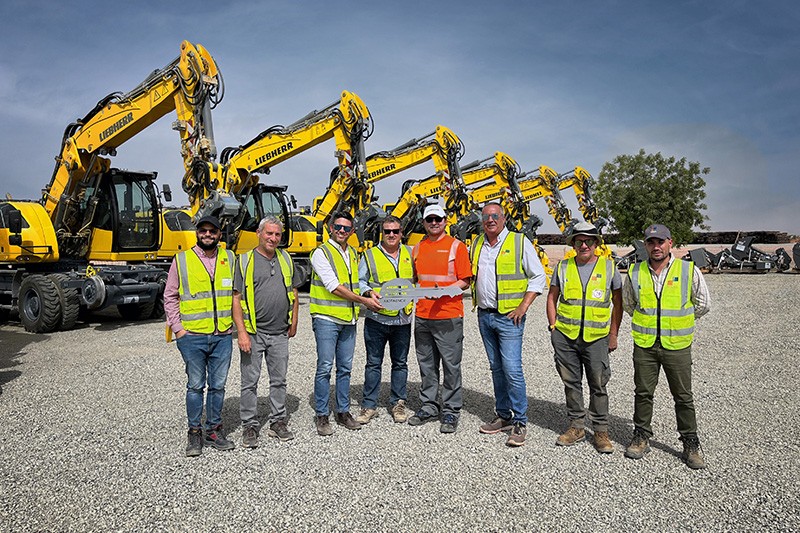
International
26/11/2024
Mota-Engil orders 10 Liebherr railroad excavators for a major project in West Africa
The Portuguese construction company Mota-Engil has once agai...
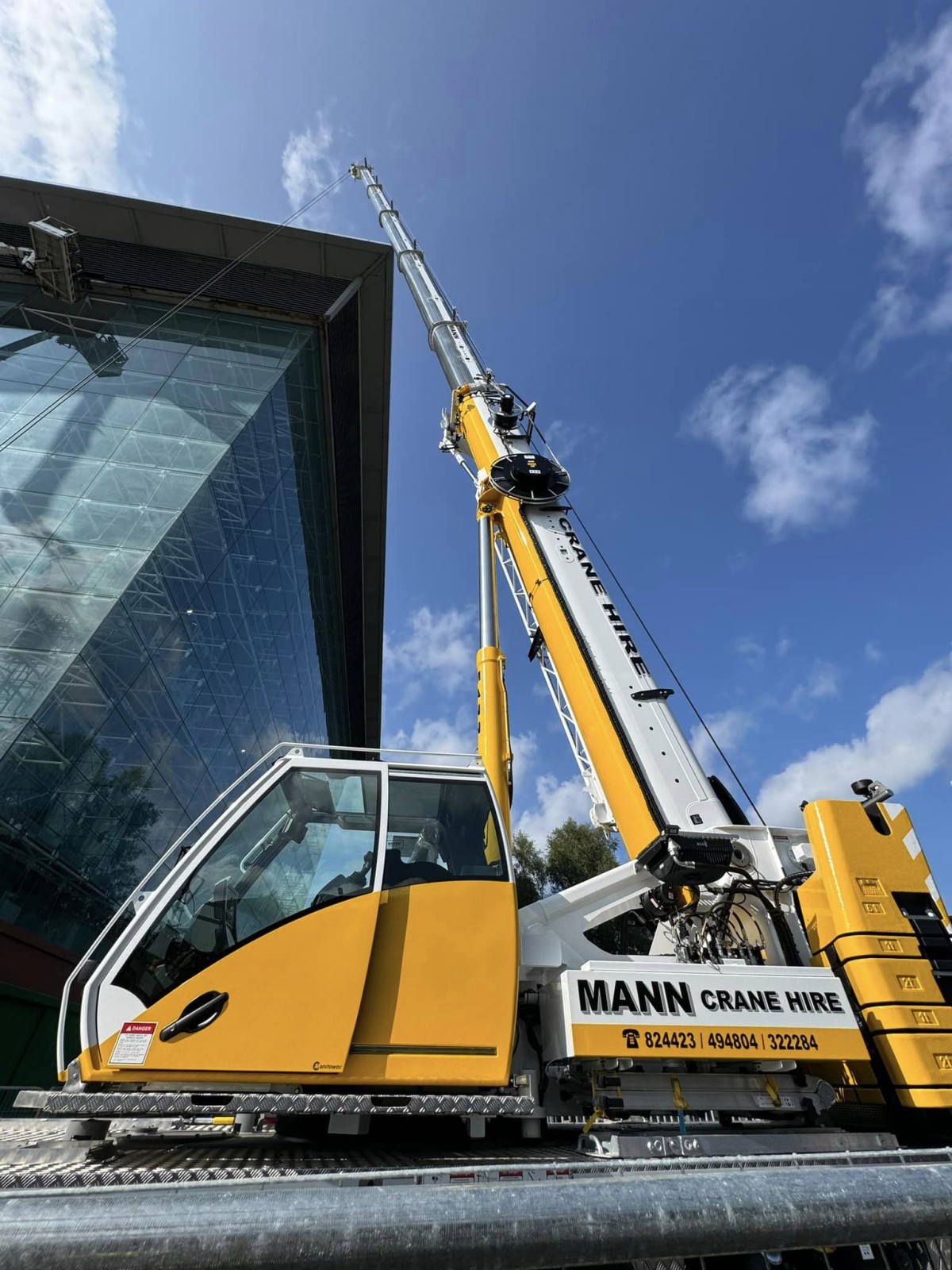
International
25/11/2024
New Grove GMK3060L-1 drives busy schedule for Mann Crane Hire
• Mann Crane Hire selected the GMK3060L-1 for its class-lead...
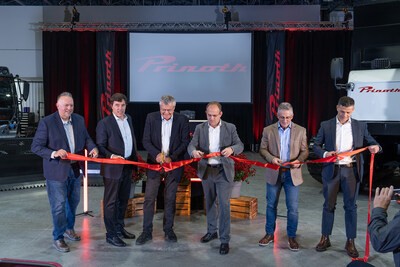
International
25/11/2024
Prinoth Unveils Expanded Production Facility in Granby, Canada
Prinoth held an event to announce the official opening of it...













































